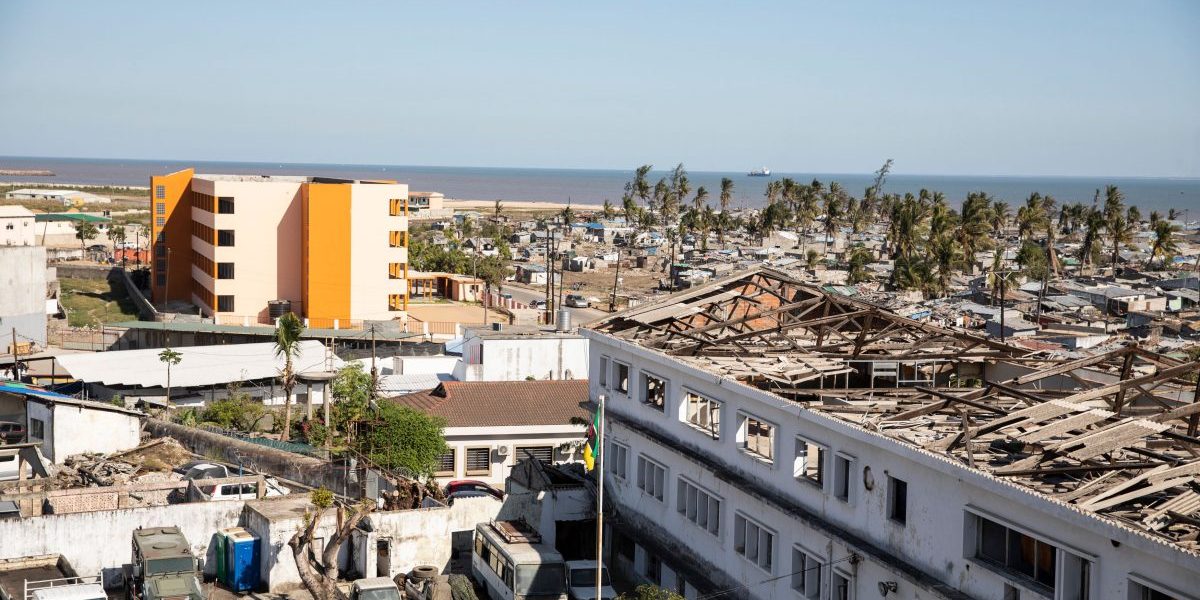Summary:
- Cyclone Idai and the subsequent extreme weather events (Tropical Storm Chalane and Cyclone Eloise) had devastating impacts on the socio-economic and ecological systems in Mozambique, in particular in the city of Beira.
- Beira has been ranked the coastal city most vulnerable to climate change in Mozambique and one of the east African cities most vulnerable to climate hazards, like cyclones, sea level rise and coastal flooding.
- While these events exposed more of the city’s vulnerability to extreme weather, they also created opportunities to address several of these fragilities.
- There is a need to find innovative sources of financial support for climate resilience and adaptation and reinforce appropriate, long-term financial sustainability models for public green areas.
- Nature-based solutions have proven highly efficient in climate change adaptation, in addition to being cost-effective and creating additional socio-economic and cultural benefits for the communities.









